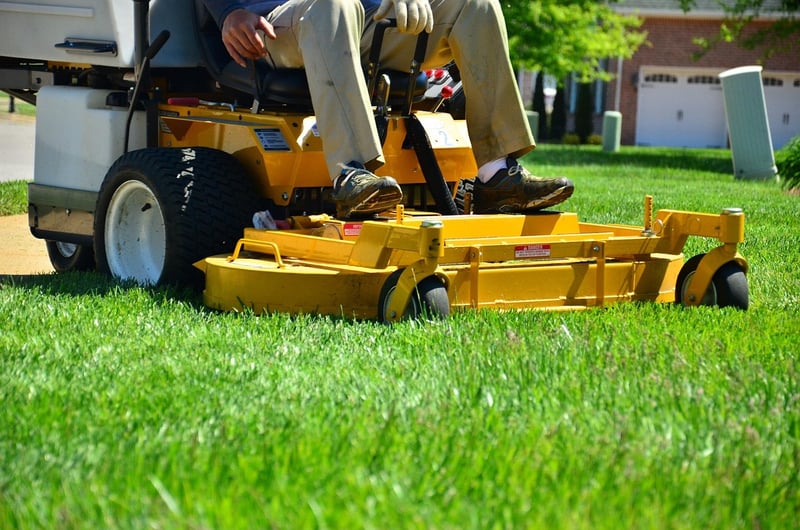Seasonal Care
Keep Your Vertical Garden Thriving + Seasonal Care
Introduction
Welcome to our guide on maintaining a flourishing vertical garden all year round! Whether you're a seasoned gardener or just starting, caring for your vertical garden is essential to ensure it thrives and remains visually appealing. In this article, we will provide you with tips on how to keep your vertical garden healthy and vibrant, as well as seasonal care guidelines to help your plants adapt to changing weather conditions.
Essential Tips for Vertical Garden Maintenance
1. Watering
Proper watering is crucial for the health of your vertical garden. Make sure to water your plants regularly, especially during hot weather. The best time to water is in the morning to allow plants to absorb moisture before the heat of the day.
2. Pruning and Trimming
Regular pruning and trimming help promote healthy growth and prevent overcrowding. Remove dead or yellowing leaves, spent flowers, and any overgrown branches to maintain the overall aesthetics of your vertical garden.
3. Fertilizing
Provide your plants with the necessary nutrients by fertilizing them periodically. Choose a fertilizer that is suitable for the types of plants in your vertical garden and follow the instructions for application.
4. Pest Control
Keep an eye out for pests that may damage your plants. Inspect your vertical garden regularly for signs of infestation, such as holes in leaves or visible pests. Use organic pest control methods to protect your plants without harming the environment.
Seasonal Care Guidelines
Spring
Spring is a time of growth and renewal for your vertical garden. Monitor your plants for new growth and adjust watering and fertilizing schedules accordingly. Consider adding seasonal flowers or herbs to brighten up your garden.
Summer
During the hot summer months, make sure your plants are well-hydrated and protected from the scorching sun. Provide shade for sensitive plants and water more frequently to prevent heat stress.
Fall
As temperatures start to cool down, prepare your vertical garden for the changing season. Trim back any overgrown plants and consider planting cool-season vegetables or flowers. Remove any dead foliage to prevent disease and pest issues.
Winter
Protect your vertical garden from frost and cold winds during the winter months. Bring sensitive plants indoors or provide insulation to prevent frost damage. Reduce watering frequency but ensure plants do not dry out completely.
Conclusion
By following these maintenance tips and seasonal care guidelines, you can ensure that your vertical garden remains healthy and vibrant throughout the year. Remember to observe your plants regularly, adjust care routines as needed, and enjoy the beauty of your flourishing vertical garden!

For more gardening tips and inspiration, visit Gardeners.com.
